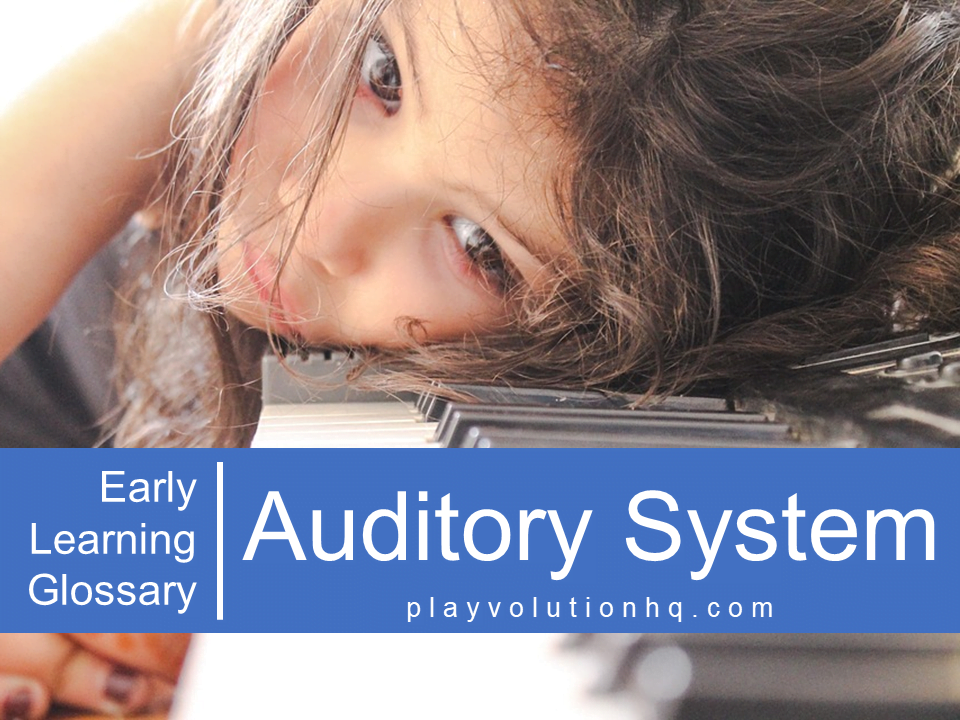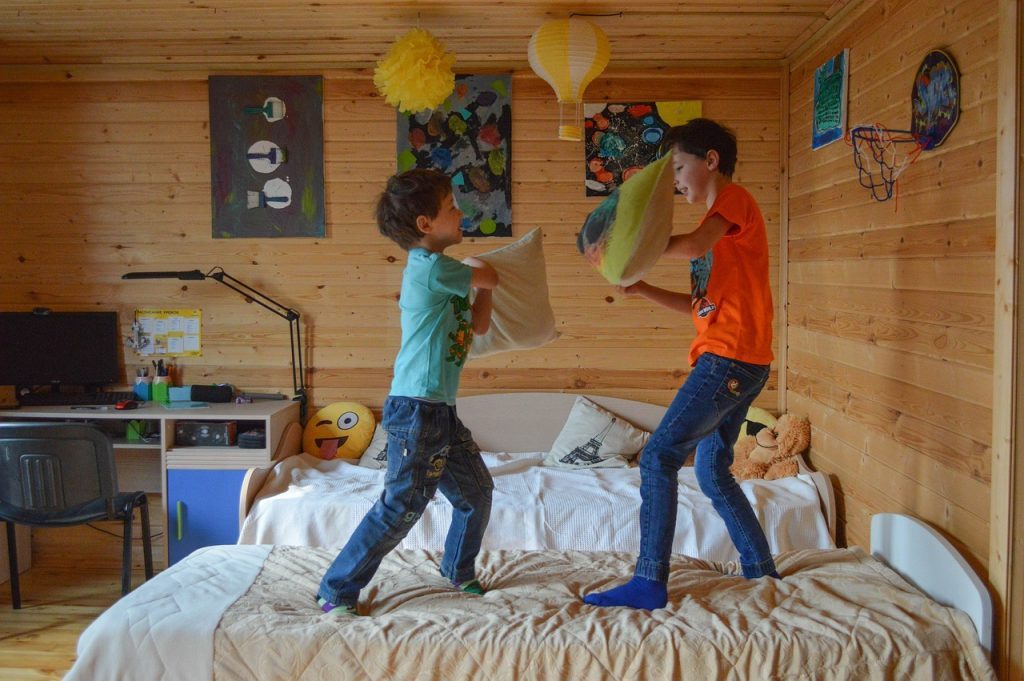
Table of Contents
The auditory system is a complex network of structures and processes responsible for detecting, interpreting, and perceiving sound. It enables us to hear and understand the world, facilitating communication, learning, and enjoyment of music and other auditory stimuli.
The Auditory System Explained
Let’s dive into the key components and functions of this remarkable system:
- Outer Ear–Sound journeys begin in the outer ear, consisting of the pinna (visible part) and the ear canal. The pinna helps capture sound waves and directs them into the ear canal, where they travel towards the middle ear.
- Middle Ear–The middle ear comprises the eardrum and three tiny bones known as the ossicles: the malleus ( hammer), incus (anvil), and stapes (stirrup). When sound waves reach the eardrum, they cause it to vibrate. The ossicles then receive these vibrations, amplify the sound, and transmit it to the inner ear.
- Inner Ear–The inner ear consists of two primary structures: the cochlea and the vestibular system. The cochlea, shaped like a snail shell, converts sound vibrations into electrical signals that the brain can interpret. Sound waves traveling through the cochlea cause fluid inside the cochlear duct to move, stimulating tiny hair cells lining the cochlea and triggering electrical impulses. The vestibular system, housed in the inner ear, maintains balance and spatial orientation, detecting movement and changes in head position to help us stay balanced.
- Auditory Nerve And Brain–Hair cells in the cochlea generate electrical impulses and transmit them to the brain via the auditory nerve. The auditory nerve carries these signals to the brainstem and the auditory cortex in the temporal lobes, where sound processing and interpretation occur. The brain analyzes incoming signals, allowing us to perceive and understand different sounds.
Understanding the auditory system’s intricate mechanisms increases appreciation for how it enables us to experience and engage with the world of sound.

The Auditory System And The Brain
The auditory system and the brain work together to process and interpret auditory information:
- Transmission Of Auditory Signals–Sound waves are converted into electrical signals by cochlear hair cells and transmitted to the brainstem via the auditory nerve.
- Auditory Pathway–Signals travel to auditory processing centers in the brain, refining and processing auditory information.
- Auditory Cortex–The auditory cortex in the temporal lobes analyzes sound, including pitch and loudness, while surrounding areas aid speech recognition and interpretation.
- Cross-Modal Integration–The auditory system collaborates with other sensory systems, enhancing sound localization and emotional responses to sound.
- Plasticity And Learning– Neuroplasticity allows for adapting and developing auditory skills, influencing language, music appreciation, and cognitive functions.
- Higher Cognitive Functions–Connections between the auditory system and the brain support language comprehension, communication, and cognitive abilities.
The intricate network between the auditory system and the brain enables us to engage with the aural world, supporting communication, learning, and emotional experiences.
Key Functions Of The Auditory System
The following are vital functions of the auditory system:
- Sound Detection–The auditory system detects sound waves and converts them into electrical signals that the brain can interpret.
- Sound Localization–The auditory system helps locate sound sources in space by analyzing differences in sound arrival time and intensity between the ears.
- Auditory Processing–The brain processes and interprets auditory information, enabling us to understand speech, recognize patterns, and differentiate sounds.
- Language Development–The auditory system is crucial for developing speech and language skills, allowing infants and children to differentiate sounds, imitate speech, and comprehend spoken language.
- Cognitive Functions–Auditory stimuli contribute to brain development, memory formation, attention, and problem-solving abilities.
Auditory System Development
The development of the auditory system is a remarkable journey beginning before birth and continuing through early childhood. Here’s an overview of the key stages:
- Prenatal Development–Auditory development begins during prenatal development. By the 20th week of gestation, ear structures have formed, and the fetus responds to sounds from the external environment, such as the mother’s voice and ambient noises. Early exposure to sound helps develop auditory pathways and lays the groundwork for further processing.
- Newborn Stage–At birth, a baby’s auditory system is functional, and they can discriminate between different sounds and voices, particularly responding to high-pitched sounds and human voices.
- Infancy–During infancy, the auditory system undergoes rapid development. Babies start localizing sounds, turning towards sound sources, and recognizing familiar voices. Exposure to a rich aural environment supports language acquisition and auditory skill development.
- Toddlerhood And The Preschool Years–As children grow, their auditory systems mature. They become proficient at processing complex sounds, distinguishing between pitches and tones, and understanding speech patterns. Play-based activities stimulate auditory processing and language development.
- School Age And Beyond–Throughout childhood and adolescence, the auditory system continues to develop, refining sound perception and language skills through exposure to various sounds.

Watch For Delays
While genetic factors, environment, and early experiences influence individual variations in auditory development, adults should always look for problems or delays in a child’s developing auditory system. Early identification of hearing impairments supports optimal development and learning. Here are some signs to look for:
- Delayed Speech and Language Development
- Frequent Misunderstanding or Miscommunication
- Difficulty Following Directions
- Sensitivity to Noise or Loud Sounds
- Poor Academic Performance
- Social and Behavioral Challenges
- Difficulty Localizing Sounds
- Delayed Response to Sounds

Play And Exploration
Child-led play and exploration fosters an environment where children actively discover their surroundings through sounds. Imagine a child listening to the chirping of backyard birds, enjoying the repetitive chatter of a stick pulled along a picket fence, or participating in the give-and-take of dramatic play conversation. These experiences help shape their auditory processing skills. Children learn to differentiate between pitches, tones, and volumes by being exposed to various sounds in their everyday environment, which are fundamental for language acquisition and communication.
Play and exploration further enhance auditory development by encouraging children to seek new auditory stimuli. When children investigate the sounds produced by shaking a rattle or tapping on different surfaces, they hone their listening abilities and refine their ability to localize and identify sounds. This hands-on approach to learning allows them to form crucial neural connections that support auditory processing and interpretation.
Children are also free to engage in imaginative and social play scenarios in play-centered environments. Children are refining their auditory skills in meaningful contexts, whether pretending to be Batman, engaging in make-believe conversations, or singing along with others. These interactions enhance spoken language comprehension and promote meaningful social and emotional development.
Auditory System Wrap-Up
Overall, a child-led play and exploration-rich environment provide the optimal conditions for developing the auditory system. By fostering curiosity and providing ample hands-on experiences with sound, caregivers and parents can support children in building a solid foundation for auditory processing, language acquisition, and overall cognitive development. Therefore, creating environments prioritizing child-led play and exploration is essential for nurturing a child’s growing auditory abilities and setting the stage for lifelong learning and engagement.
Related Posts
Find more information about the 8 sensory systems at these links:
- 8 Sensory Systems That Drive Playful Learning
- Supporting School Readiness With Sensory Integration
- Sensory Play
- Sensory Integration
Contribute content to Playvolution HQ
Brought to you by Explorations Early Learning
Thoughts On This Entry?
I’d love to hear your thoughts on improving this entry and suggestions for additional glossary additions in the comments below. You can also contact me with comments or concerns.
Browse Trainings
Post Author
Jeff Johnson is an early learning trainer, podcaster, and author who founded Explorations Early Learning, Playvolution HQ, and Play Haven.


Leave a Reply